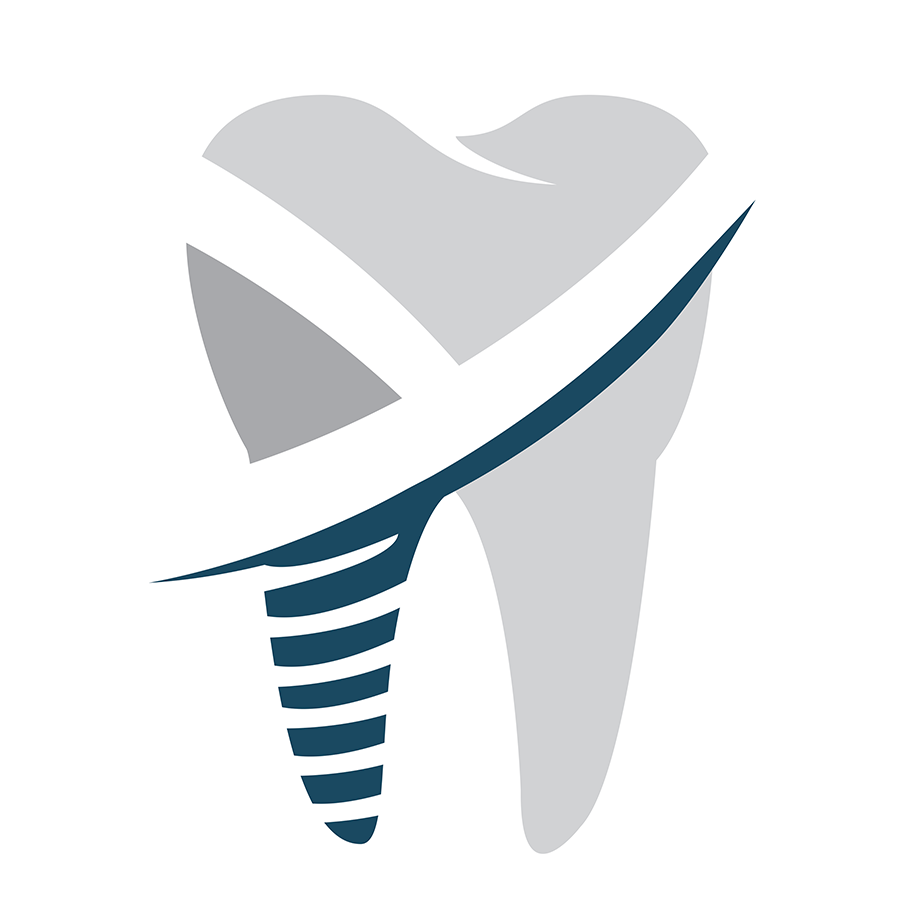Dental Extractions in Hackensack and Paramus, NJ
Tooth extraction is a procedure to remove a tooth from its socket. It is commonly performed in our office and may be a simple extraction or a surgical extraction. A simple extraction removes a tooth that has erupted into the mouth without cutting into the gum. A surgical extraction removes a tooth through the gum and possibly through the jawbone.
The most common reason for tooth extraction is removing seriously damaged teeth (e.g., excessive tooth decay, fractured or broken teeth). The procedure may also be used when a tooth cannot erupt fully (e.g., impacted tooth), to reduce dental crowding or the risk of infection and to prepare for a complete denture or radiation therapy. The patient will need a dental examination before a tooth extraction. The dentist will generally collect the patient’s medical and dental history and take an x-ray. The x-ray helps the dentist to determine the best way to extract the tooth. In some cases, dentists may prescribe antibiotics for the patient to take before the procedure. Patients may also need to prepare for anesthesia that may be used, such as by not eating several hours before the procedure and arranging for a ride home. A simple extraction can usually be performed by a general dentist using only local anesthesia. Surgical extractions are more complicated than simple extractions.

Our priority is the comfort of the patient. The degree of complexity depends on the condition of the tooth to be extracted. For example, sideways-tilted impacted teeth are more difficult to extract than those in a vertical position.
Teeth are often removed because they are impacted. Teeth become impacted when they are prevented from growing into their normal position in the mouth by gum tissue, bone, or other teeth. Tooth extraction can be performed with local anesthesia if the tooth is exposed and appears to be easily removable in one piece. An instrument called an elevator is used to loosen (luxate) the tooth, widen the space in the bone, and break the tiny elastic fibers that attach the tooth to the bone. Once the tooth is dislocated from the bone, it can be lifted and removed with forceps.
If the extraction is likely to be difficult, the dentist may refer the patient to an oral surgeon. Oral surgeons are specialists who are trained to give nitrous oxide, an intravenous sedative, or a general anesthetic to relieve pain. Extracting an impacted tooth or a tooth with curved roots typically requires cutting through the gum tissue to expose the tooth. It may also require removing portions of bone to free the tooth. Some teeth must be cut and removed in sections. The extraction site may or may not require one or more stitches to close the cut (incision).
Sometimes, a tooth does not fully erupt. It may be impacted in the bone, blocked by extra teeth (e.g., a primary tooth that never fell out) or it may erupt partially, leaving a flap of gum where infection can set in (pericoronitis). Wisdom teeth, for example, are frequently impacted or only partially erupt and often need to be extracted.



